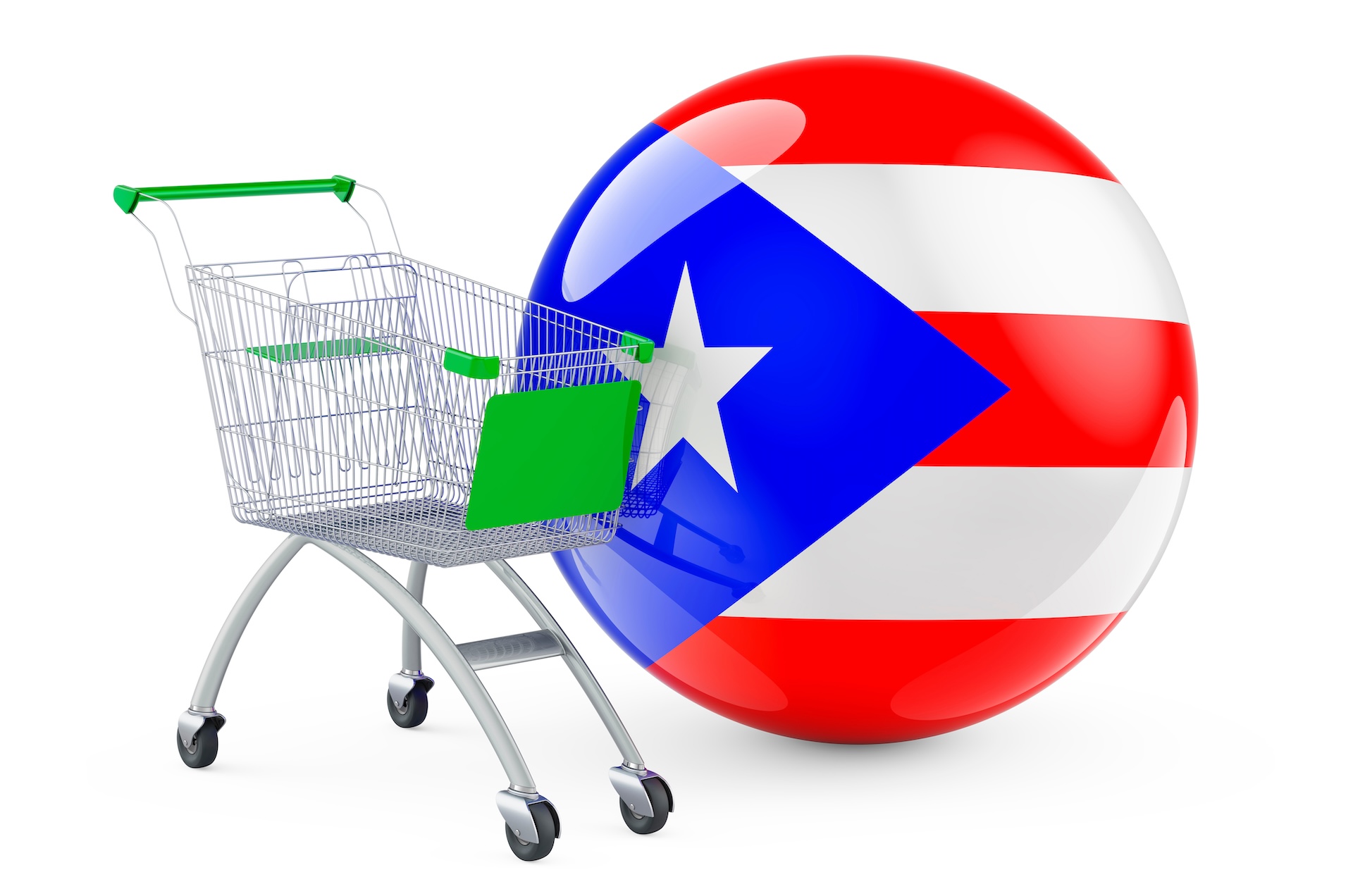Every territory that later became a state has had anti-statehood factions, and Florida was no exception. Some of the arguments against statehood for Florida are familiar: some said that statehood would be too expensive for the territory, while others argued that the vote –statehood yes or no — was too close, with too small a majority favoring statehood.
Puerto Rico has seen both these arguments brought up by anti-statehood proponents.
But Florida also had an unusual anti-statehood argument: some of their anti-statehood leaders wanted to shore up slavery.
One state or two?
One of the big controversies in Florida’s quest for statehood was the idea that the territory should be divided into two states. Many other states and current pairs of states have had controversies on this kind of questions. Arizona and New Mexico could have joined as a single combined state, for example, while Oklahoma might have joined as two separate states.
Florida had been divided into East and West Florida by the British. Spain regained both under the second Treaty of Paris in 1783, but the Adams-Onîs Treaty in 1821 turned Florida over to the United States. At this time, East Florida was engaged in warfare with the Seminoles. This continued through much of the territorial period. Representatives to Congress for the territory made several different proposals for statehood, some favoring one state and others asking to be admitted as two different states.
As Florida neared admission, the idea of breaking up into two states came up again, but with a difference. Slaveholders in Middle Florida, who had at this point established a plantation economy like that of neighboring states like Georgia, wanted to wait for statehood until the population of Florida was large enough to make two states. At that point, they felt, they could enter the Union with two states allowing slavery. This would give the slave states the majority, and make it unlikely that slavery would be abolished.
These slaveholders opposed statehood, not because they wanted to remain a territory, but for economic reasons. Their fortunes depended on the maintenance of slavery, and the two-state solution seemed to give them a better chance.
Ironically, in 2014 the city of South Miami passed a resolution calling for Florida to be divided into two states — but they suggested North Florida and South Florida rather than East and West.
Maintaining the balance
In the end, Congress delayed Florida’s admittance as a state until Iowa, a free state, was ready to join along with Florida. This maintained the balance between free and slave states which the federal government supported at that time.
This policy of admitting states in pairs — one allowing slavery and one forbidding it — became so entrenched that some Americans even today believe that states must enter in pairs. Hawaii and Alaska entered together nearly a century after the end of the Civil War, and some people still believe that Puerto Rico will have to be admitted together with another state, such as Washington D.C.
There is no rule or law requiring states to join in pairs, but this pattern is now entrenched in U.S. history. Political influences have made it so.



There has ALWAYS been anti factions against ANY change in almost everything. That will never change because it is impossible to please everyone. That is why they have to have a positive response by the majority in any voting process. Puerto Rico is no different. There will always be dissenters to whichever direction the island chooses to go.